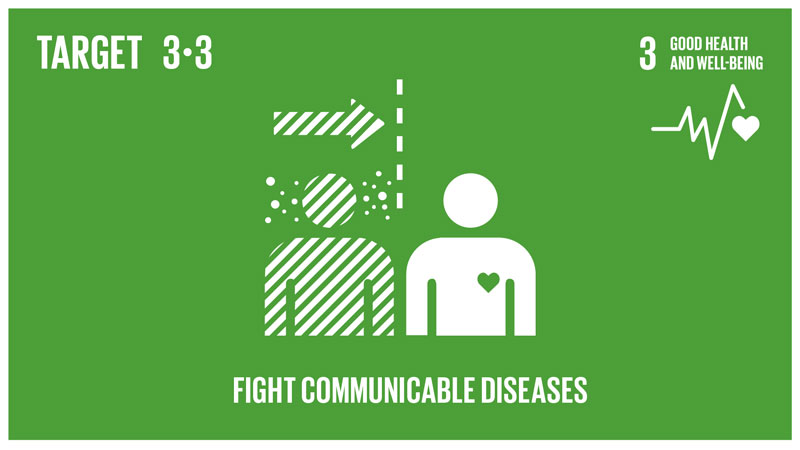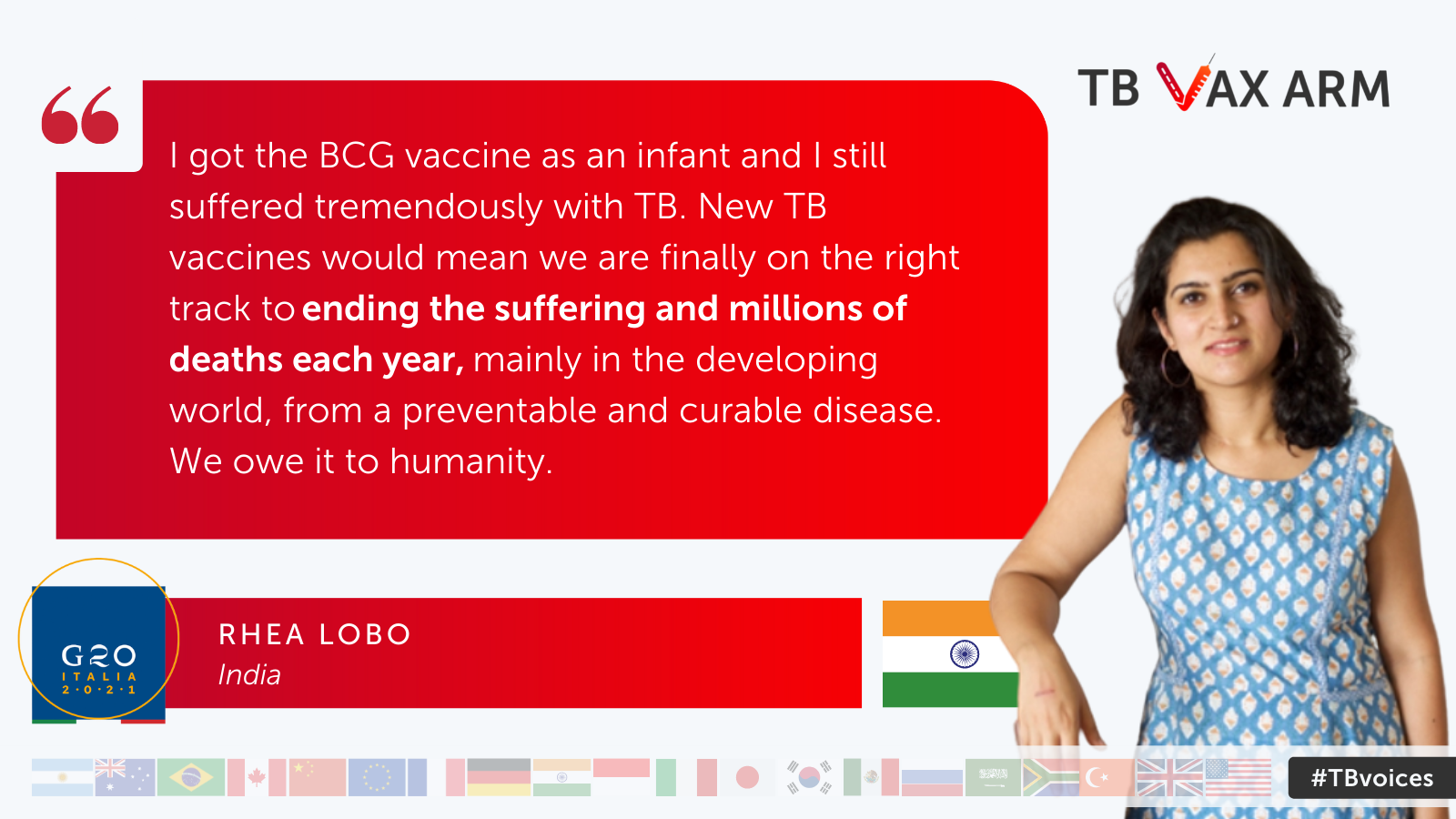Global health and infectious diseases have never been a more popular topic of conversation than over the past 18 months. Since the start of the COVID-19 pandemic, we’ve all developed a new vocabulary, where “vaccines”, “R-rates”, “transmission” and “cases” are words we throw into conversation during catch-ups with colleagues or over dinner with friends.
But has our newfound interest in epidemiology translated into action to fight other infectious diseases?
While COVID-19 has been front and centre of everyone’s minds over the last two years, the tuberculosis (TB) epidemic has been silently raging in the background. As we highlighted on the 100th anniversary of the Bacille Calmette-Guérin (BCG) vaccine, TB was – until the advent of COVID-19 – the most deadly infectious disease in the world, and things have only worsened since the pandemic began.
Because of the similarities between TB and COVID-19, health centres, protective equipment and staff were repurposed for the pandemic response, causing catastrophic delays to TB services. Throughout 2020, the number of TB cases reported to health services dropped by 18%, meaning that many people were unable to seek diagnosis or treatment, which is likely to have allowed the disease to spread even further. 2020 was the first year since 2005 that saw an increased number of TB deaths, with a devastating 1.5 million deaths globally, setting progress towards ending TB back by approximately 12 years.
To end the TB epidemic by 2030, a target set out in the Sustainable Development Goals, we need to fund essential TB services and develop new TB innovations. To get world leaders to commit the funding, we need to get them talking about TB. So, let’s get back to basics:

What is TB?
TB is an airborne infectious disease. It is transmitted from person to person through breathing. TB mostly affects people’s lungs, but there are many different types of TB that affect the body in different ways, from the bloodstream to the brain. It isn’t new; the earliest cases are believed to have been found from around 70,000 years ago. TB symptoms, such as a cough, fever, night sweats and weight loss, normally begin very slowly but, if left untreated, can result in organ failure as the TB bacteria destroys the body’s tissue.

Who does TB affect?
TB can affect anyone. In 2020, 9.9 million people fell ill with TB. Many people have TB bacteria in their body, but this doesn’t always become active TB disease. TB normally becomes active because of other factors, such as malnutrition or co-infection with other illnesses such as HIV. Because of this, TB is largely a disease of poverty. Just 30 countries make up 86% of TB cases, almost all of which are low- or middle-income countries.
Can TB be treated?
Yes! Different drugs exist to prevent people who have been infected with TB from developing active TB and for treating TB once it has become active. However, most TB treatment regimes are very long and can be hard to stick to. Many forms of TB are also drug-resistant, or multi-drug resistant, meaning that normal methods of treatment do not work in preventing or treating TB. In fact, a third of all antimicrobial resistance-related deaths – which occur when an infection learns how to overcome medication – stem from drug-resistant TB.
It’s World Antimicrobial Awareness week #waaw! #AntimicrobialResistance (AMR) is a global threat that is on the rise and could one day result in another pandemic – but what does that mean, what can we do about it and how is it related to TB? A thread about #AMR and #TB ⬇️ pic.twitter.com/YjVxWaaTDy
— RESULTS UK (@resultsuk) November 18, 2021
There is also a vaccine for TB, the BCG, developed over 100 years ago. While it has saved many lives by protecting people against some forms of TB, it does not protect against most forms of adolescent and adult TB. There is an urgent need for more effective TB treatments and vaccines, as well as for equal access to new and existing ones.

Why is TB still such a big problem?
There are many reasons why TB is still such a big problem, but two of the most significant reasons are insufficient funding and lack of political will. Improved health systems and living conditions throughout the 20th century significantly reduced the impact of TB in higher-income countries, which simultaneously caused high-income countries’ political interest in and financial commitments to end TB to wane. In 2020, financing for essential TB services didn’t even reach 50% of the funding target set.

So, what next?
2022 is set to be an important year for TB, with several global events where we hope to see the prioritisation of building back progress lost on ending TB:
-
The Global Forum on TB Vaccines, hosted in February in France – an important country for TB vaccine development given its BCG legacy;
-
The Indonesian Presidency of the G20 – an important moment given that Indonesia has the third-highest TB burden globally;
-
The run-up to the 2023 United Nations High-Level Meeting on TB. The last of these meetings in 2018 saw several high-level commitments made, many of which are due to be met by the 2023 meeting; and
-
The 7th replenishment of the Global Fund to Fight AIDS, TB and Malaria. This will be the moment when world leaders commit to supporting the Global Fund for the next three years – a critical period in pandemic recovery and moving towards the 2030 goal.
Never before has global health, particularly infectious disease, been so high on the public and political agenda. Billions of dollars have been invested in research and development for vaccines, diagnostics and treatments. We need to harness this momentum and ensure that commitment to ending new pandemics also translates into action and funding to end existing epidemics by 2030.
Find out more about getting involved and becoming a volunteer advocate with RESULTS UK here. Keep up-to-date with our advocacy on TB by subscribing to our mailing list, and following us on twitter.